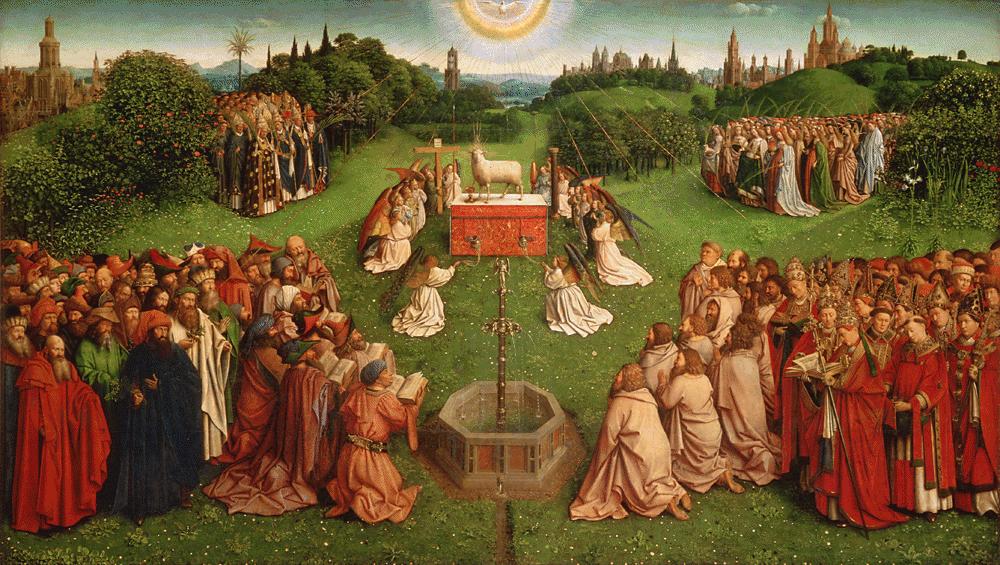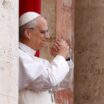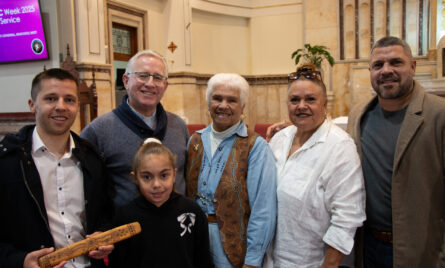FAITH MATTERS: The Most Precious Blood
This Faith Matters article explores the Catholic Church’s traditional July devotion to the Most Precious Blood of Jesus, tracing its biblical and historical roots, theological significance, and enduring relevance in today’s world as a powerful reminder of Christ’s saving love and the call to unity, peace, and reverence for all human life.

Latest Posts

I thought no one would believe me
6 June, 2025As the faithful once again grow accustomed to receiving from the chalice at Mass, I wonder if it is timely to reflect on why the Catholic Church traditionally dedicated the month of July to the Most Precious Blood of Jesus Christ. This devotion, flowing from the heart of Scripture, is enriched by centuries of tradition and vividly expressed in the Church’s liturgy and sacred art.
Originally the devotion on the Most Precious Blood was established by Pope Pius IX in 1849 as an act of thanksgiving for the end of political exile. At this time in history Europe was convulsed by revolutions, Rome itself was seized, and the Pope’s temporary exile left him acutely aware of how fragile both peace and Church life could be. As a result, he instituted a universal feast in honour of the Precious Blood on 1 July 1849. Later, Pope Pius XI confirmed July as a month of devotion and Pope St. John XXIII offered theological depth to the practice through his Apostolic Letter Inde a Primis.
Although the specific feast of the Most Precious Blood was removed from the General Roman Calendar in 1969 and integrated into the celebration of Corpus Christi, the devotion endures in the hearts and practices of many Catholics worldwide. In light of the growing unrest and conflict in today’s world, some may question if it is time to reconsider its relevance.
The theology of the Precious Blood flows from the Old Testament, with blood being central to covenantal rituals: the blood of the Passover lamb saved the Israelites, and the blood of sacrifices in the temple provided atonement. These were shadows of the ultimate fulfillment in Jesus Christ. As the Lamb of God, Jesus is the new Passover sacrifice whose blood delivers humanity from sin and death. His words at the Last Supper, “This is my Blood of the covenant, poured out for many”, echo through every Eucharistic celebration.
In the New Testament, St. Paul calls Christ, “our paschal lamb” (1 Corinthians 5:7), and the Letter to the Hebrews proclaims that we have been ransomed, “not with perishable things like silver or gold, but with the precious blood of Christ” (1 Peter 1:18–19). The Book of Revelation lifts our eyes to the worship of heaven, where multitudes praise the Lamb who was slain, and whose blood has redeemed a people from every nation.
This heavenly worship is mirrored in the liturgy, particularly during the Fraction Rite at Mass. As the priest breaks the consecrated host, places a fragment into the chalice, and silently prays for eternal life, the assembly sings the Agnus Dei, “Lamb of God, you take away the sins of the world, have mercy on us… grant us peace.” These words, spoken three times, are a meditation on the sacrificial love of Jesus. The breaking of the bread recalls Jesus’ miracles and His actions at the Last Supper. The commingling of the Body and Blood is an ancient sign of unity and resurrection, while the repeated invocation of the “Lamb of God” draws us into the cosmic liturgy described by St.John in Revelation. Every Mass thus becomes a moment where the Precious Blood is adored, received, and celebrated.
One of the most profound artistic expressions of this mystery is the 15th-century, the Ghent Altarpiece, painted by Jan and Hubert van Eyck. Its central panel, known as The Adoration of the Mystic Lamb, offers a stunning theological meditation in colour and form. At the heart of the image, a living Lamb stands on an altar, blood flowing from its chest into a chalice. Surrounding it are angels, saints, and representatives of the redeemed from across the world. The painting captures the dual truth that Christ, though slain, is alive and adored in heaven, and that His blood remains the source of salvation for all.
In a fractured world marked by violence, division, and disregard for human dignity, the message of the Precious Blood speaks just as clearly now as it did for Pope Pius IX in 1849. It calls us to unity, reminding to protect life at every stage, since the Blood of Christ proclaims the inestimable value of every human soul.
Through reflection on the Lamb of God, we are invited to draw closer to the heart of our faith, to see the Eucharist not just as a ritual, but as the living memorial of a love that saves. Every drop of Christ’s Blood proclaims that reconciliation is possible, that mercy can disarm hatred, and that the Church must stand as a bridge‑builder in the midst of division.
Image: “Retable de l’Agneau mystique (7)” by Jan van Eyck and Hubert van Eyck. Public domain. Source: Wikimedia Commons





